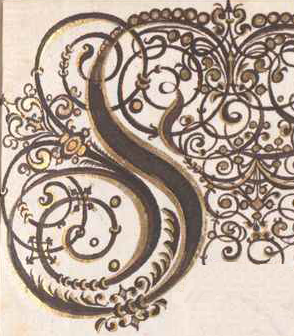Other Inventions – Bach’s Predecessors
Use of the word ‘Invention’ before J. S. Bach’s 15 Inventions
At the last edition of the Festival Oude Muziek Utrecht we premiered our programme Inventions, based on Bach’s famous 15 inventions.
In this blog we look at composers before Bach who used the term invention or something similar in the titles of their music or collections of music. Looking at these, it becomes clear that Bach’s way of using the word is different. In the past the word invention would usually refer to some type of novelty: a new way of using the instrument or a freer organisation of movements within a piece for example. Let us know if anything is missing! Enjoy:
Invenzioni da camera by Francesco Antonio Bonporti (1712)
Francesco Antonio Bonporti composed inventions for violin and basso continuo (whereas Bach’s are for a solo keyboard instrument). Apparently Bach found the pieces interesting, as he copied them in a manuscript. Bach’s own inventions however seem to bare no relationship with Bopnorti’s.
Bonporti likely called these pieces inventions because they don’t follow a common structure of the time, like the sonata or suite.
Sonate, Symphonie …. by Biagio Marini (1629)
A collection filled with ‘inventions’, like a sonata without cadences (without ends, or compared to a spoken text: a text without full stops), a sonata for two violins playing four parts and a sonata where the violin even plays three strings, trying to imitate the playing of a type of instrument called the lirone. Playing double stops on the violin (two strings at once) was a novelty in that time. The sheet music can be found here on IMSLP. Listen to a few pieces below. At the beginning the piece imitating the lirone:
My Lord Chamberlain, His Galliard – Invention … for two to playe upon one Lute by John Dowland (1597)
This piece definitely has nothing to do with the way Bach uses the word ‘invention’. After all, the piece is a Gaillard. The invention in this case is the idea of having the lute played by two musicians.
Dowland’s piece is the first one to use the word in English in a musical context. Note how already in the 16th century musicians found many funny ways to play their instruments and must have experimented as much as our contemporary composers and musicians with their instrument.
Le Chant des Oyseaulx & La Bataille – Premier livre des inventions musicales … contenant La Guerre … by Clement Janequin (1555)
Janequin was one of the most famous composers of his time. The collection contains several musical inventions, again referring to a novelty: using voices to programmatically depict for example a battle or birds.
Artificii musicali ne quali se contengono canoni in diverse maniere, contrapunti dopii, invention curiose, capritii, e sonate by Giovanni Battista Vitali (1689)
Have a look at the wonderful manuscript itself on IMSLP. This combines all kinds of ‘artifices’: basically they are musical brain teasers, where Vitali tried to challenge himself. For example, there are pieces which one violin reads front to back, and the other back to front, another piece gets a second part by reading the music upside down, another piece has three players which all play in a different time signature, and then there are many canons in many ways. The video below is a little strange, but is at least nice to see how this ‘picture’ is translated into music.
Honourable Mentions
Opella nova, geistlicher Concerten … auff italiänische Invention componirt by Johann Hermann Schein (1618)
Il Cimento dell’armonia e dell’invenzione by Antonio Vivaldi (1725)
Cento concerti ecclesiastici … nova inventione commoda per ogni sorte de cantori, e per gli organisti by Lodovico da Viadana (1602)
